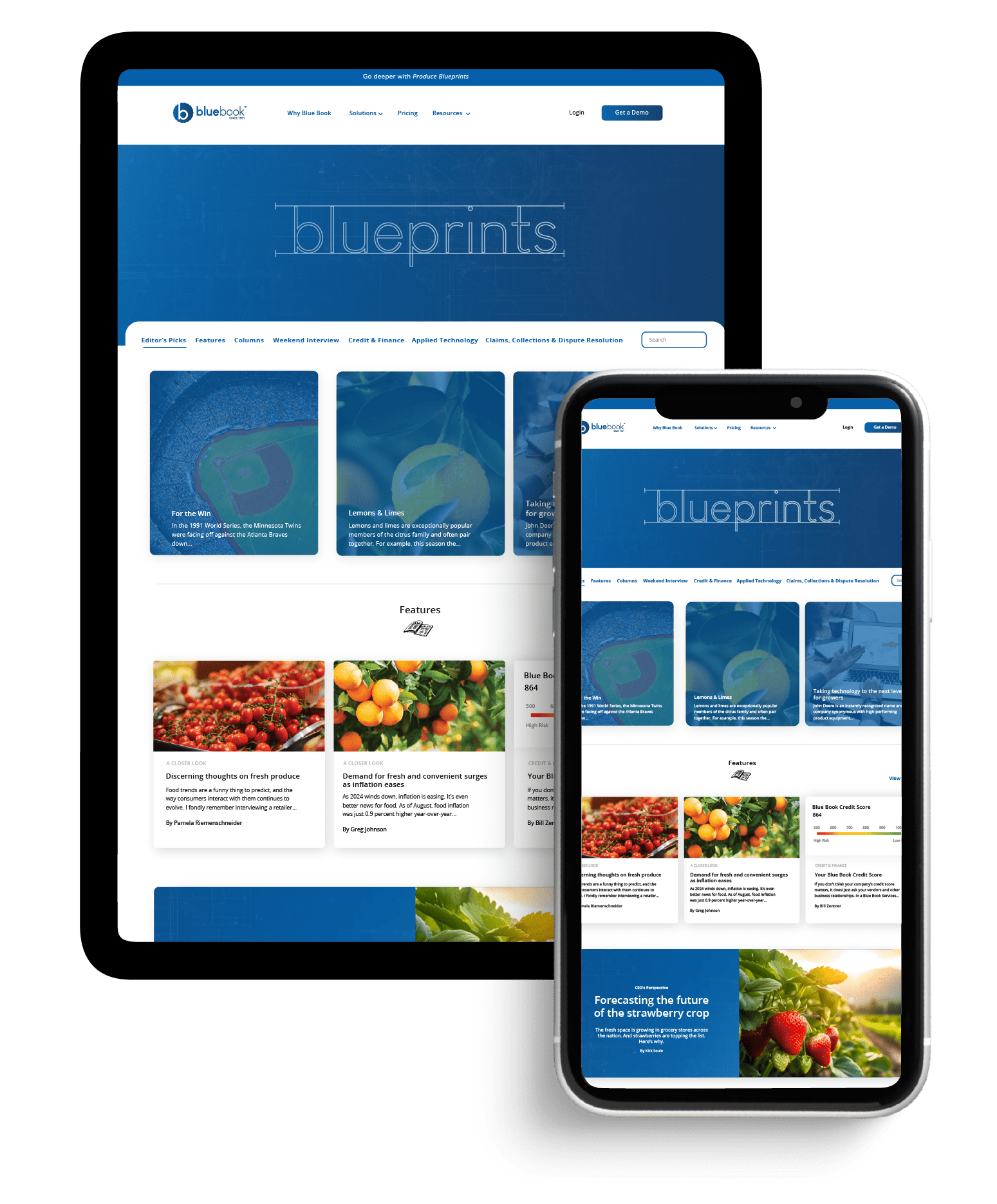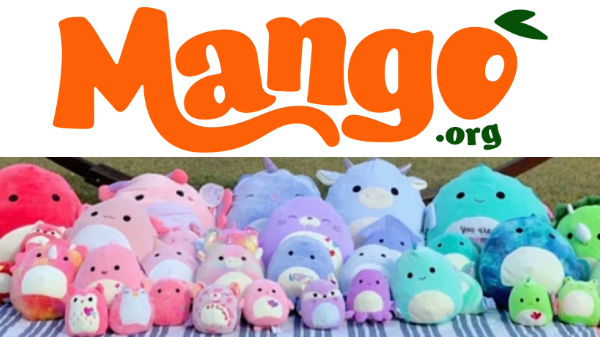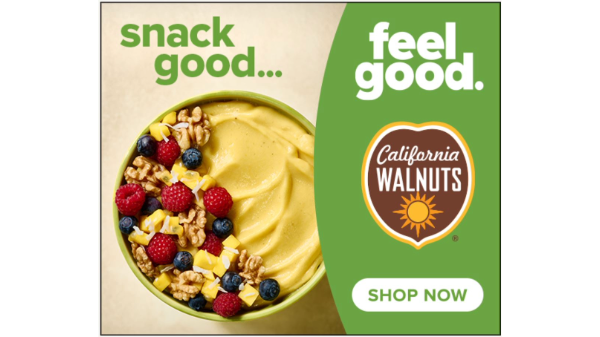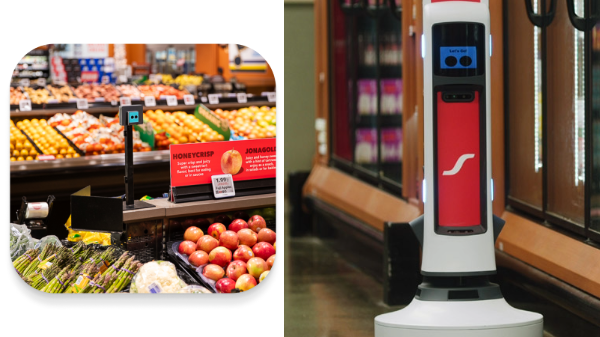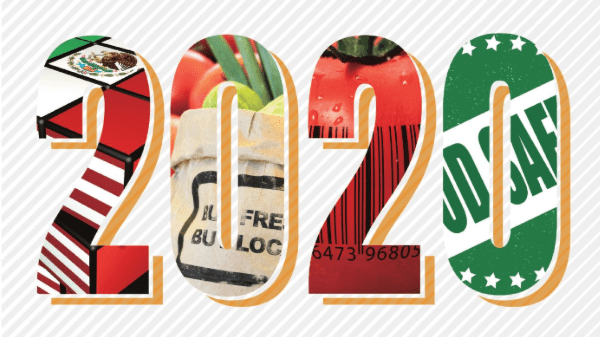
The number of fresh produce varieties available at retail is staggering yet still proliferating, with value-added products, packaging sizes, and new varieties all coming into the market for another good news/bad news situation.
“A number of categories are experiencing huge changes in the number of unique items selling at retail,” says Steve Lutz, senior vice president of insights and innovation at Category Partners, LLC, based in Idaho Falls, ID.
“The sheer amount of variety at the retail level is changing the dynamics of how consumers shop certain categories.” Unfortunately, he continues, “these new items are not adding volume, it’s a cannibalistic purchase.”
Yet the fresh perimeter is growing at 2.1 times the rate of overall food and beverage, says Priscila Stanton, vice president of marketing for Irwindale, CA-based Bonduelle Fresh Americas, which owns Ready Pac Produce, Inc. BB #:114498, citing recent research from Mintel.
“Now more than ever, today’s shopper is aware that the perimeter is the place to look for high-quality fresh food in the grocery store, with one-third of consumers reporting they specifically seek new foods on the perimeter, and one-quarter saying they buy impulse items on the perimeter.”
Commodities affected by the rapid increase in SKUs include apples, packaged salads, specialty lettuces, potatoes, tomatoes, and grapes. Cotton Candy and Champagne grapes, among others, turned the category upside down, enamoring shoppers with new flavors, sizes, and colors.
Naturipe Farms BB #:116078 in Salinas, CA, plans to capitalize on the trend with a new launch in fall 2020.
“Our new Muscadine grape is seedless, very delicious, and durable. It’s almost like a Champagne grape, but not quite as petite,” says Jill Overdorf, director of business development for foodservice at Naturipe.
“On both the retail and grower side of the equation, many companies are working directly with seed breeders to carve out a point of differentiation by offering a unique or exclusive variety and touting the flavor profile,” says Tom Thompson, partner at Golden Sun Marketing in Mound, MN.
“This trend has accelerated over the years in apples, berries, grapes, and tomatoes. We believe this will continue to expand as retailers cultivate strategies to work directly with breeders to expand this concept to other categories, such as peaches, corn, and peppers.”
Consumer demand seems to be driving the uptick in produce department SKUs just as much as suppliers. “As shoppers have gotten more adventurous, their expectations are higher when it comes to variety,” notes Elaine Magee, corporate dietitian for Albertsons Companies BB #:193326 Wellness Services, based in Boise, ID.
Kris Park, from the Food Industry Management Program at Cornell University in Ithaca, NY, believes retailers are curating the growing number of SKUs better than in the past. “They’re paying serious attention to making sure they have the right varieties at the right time,” she says.
“Retailers are trying to identify strategies to help them accommodate the variety,” adds Lutz, which may include delisting products or collapsing displays, he says, and/or finding the right mix by evaluating performance.
This is a multi-part series adapted from the January 2020 issue of Produce Blueprints, featuring a variety of experts predicting what will be top of mind in 2020.


